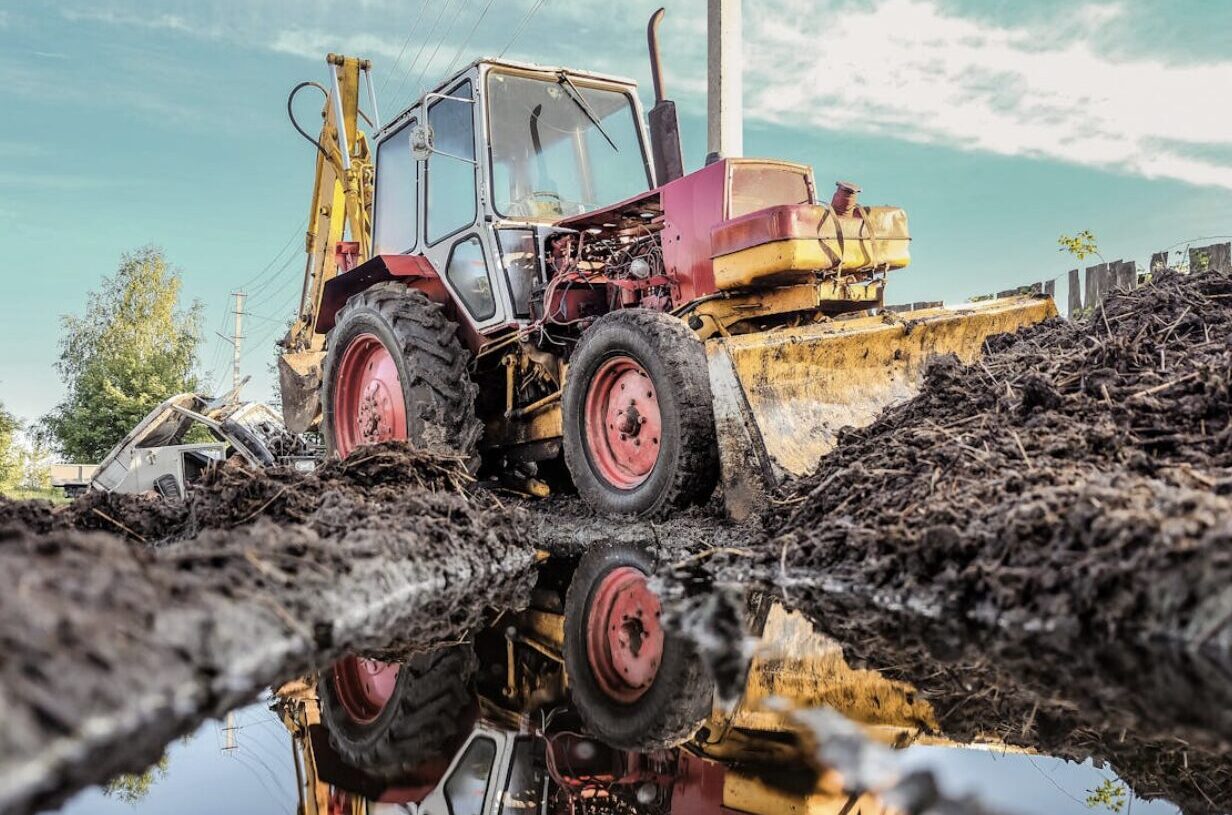When you’re building a new home, having the land to build it on is the first step. However, if you don’t have any land that’s ready to be used, what do you do? Here, we’re going to look at some of the steps required to set the stage for your new home, ensuring you don’t forget anything that could prove a major obstacle to the project.
Choosing The Right Plot For Your Vision
If you don’t have the land already, then choosing the right plot is vital. You need to look at a host of different factors, including the location and the price, but there are also those that can influence how easy it will be to build there, such as topography, soil stability, drainage, and access to utilities. Be sure to research any plot you consider thoroughly to get an idea of flood risks, zoning regulations, local neighborhood covenants, and more. Don’t forget that orientation is important, too, as you want your home to be able to take advantage of the natural sunlight.
Getting A Survey Done
You’re not ready to start working just because you’ve bought the land. From there, you need the help of professional surveyors to fully map out the boundaries of the property, as well as easements and elevation changes. This all makes sure that your construction stays within its legal limits and goes on to help architects and builders plan more effectively with the space that you have. Many homeowners skip this step, but proper surveying and site design create a foundation for smoother construction and fewer headaches down the road.
Clearing The Land
Once you have all of the plans laid out, it’s time to get the site ready. This starts by working with land clearing experts, whether you have to push back the brush, cut down trees, and remove stumps, or there is debris and rocks that have to be moved out of the way ot provide a safe and workable space for the builders. Another important part of this process is grading the soil, leveling it so that it’s able to provide a stable surface as well as proper drainage for the eventual home.
Preparing For Construction
Although your home construction team may do this part for you, if you’re managing the build yourself, make sure that you fully prepare the ground to support the foundation. This includes compacting the soil, marking where utilities will be installed, and digging trenches for plumbing and electrical systems. Depending on the nature of the property, it will also include preparing a building pad to keep the foundation stable and solid over time. This phase might also involve installing temporary utilities, fencing, or silt barriers for safety and compliance. Getting the utility logistics right prevents construction delays down the line, so don’t skip it.
Once all of the tips above are complete, you may be ready to roll in with the construction crew. That in itself is a major process that requires careful consideration, but for now, getting the land ready is the most important step.

